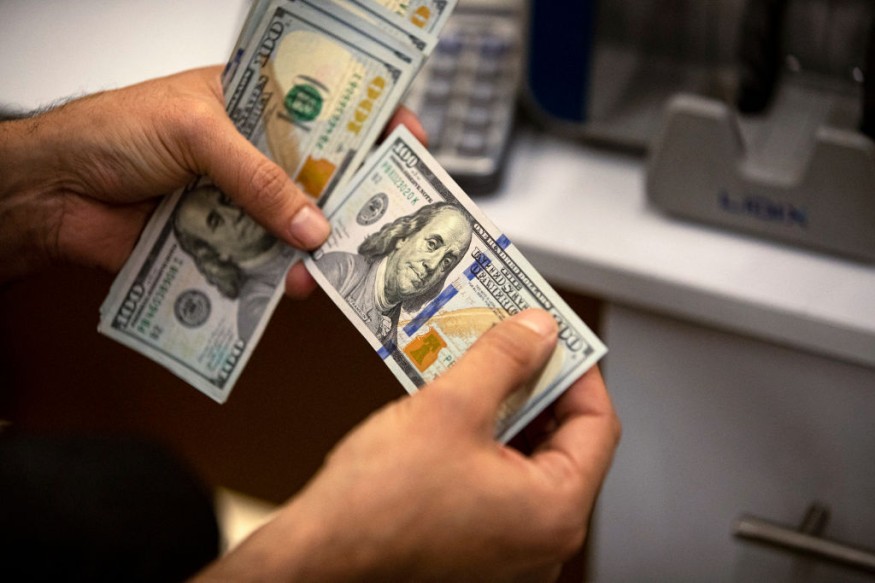US Dollar Shines Brighter as Stocks Dive, Safe Haven Frenzy Erupts
Tuesday saw a one-month low for Asian equities, a decline in U.S. stock futures, and an increase in the value of the dollar as traders awaited word from influential Fed member Christopher Waller and central bankers' hawkish comments dampened prospects for interest rate decreases.
The broadest Asia-Pacific shares outside of Japan index tracked by MSCI dropped 1.4% to its lowest level since mid-December.

The Hang Seng fell 2% to a 14-month low, setting up for its worst day of the year. Japan's Nikkei closed 0.8% down at 35,619, ending a six-session winning streak and retreating from a 34-year peak.
While U.S. markets were closed on Monday due to a holiday, S&P 500 futures and Nasdaq 100 futures saw 0.6% and 0.5% declines, respectively, in Tuesday's Asian trading. FTSE futures dropped 0.3% and European futures declined 0.6%.
Short-term Treasury rates increased as Fed funds futures saw a significant decline during Asia hours, which was indicative of a minor cooling off of expectations for an interest rate decrease.
Due to the risk-averse Australian and New Zealand dollars, the most recent increase in two-year rates by seven basis points caused the dollar to reach all-time highs.
European Central Bank officials retracted their bets on market rate reduction on Monday, which resulted in the selling of European bonds. EUR/GVD
Joachim Nagel, the president of the Bundesbank, stated that it was premature to talk about reduction, while Robert Holzmann, the governor of the Austrian central bank, cautioned against betting on any cuts this year.
According to NAB currency strategist Ray Attrill, "the upshot was to see money markets scaling back the implied probability of a 25 bp ECB cut in March to 26% from 40%."
Support for the euro was provided by German bunds, which increased by more than 7 basis points to 2.6% and 5.4 basis points to 2.2% over the course of three weeks, relative to the Swiss franc.
The euro fell by around 0.3% on Tuesday, hitting a one-week low against the dollar at $1.0913 due to a stronger dollar.
With the Australian dollar breaking through its 50-day moving average to $0.6610 and the New Zealand dollar plunging to $0.6161, both currencies had losses of more than 0.6%. For the remainder of the session, politics and policy will take center stage.
The Impact of Iowa
On Monday, Donald Trump emerged victorious in the inaugural Iowa Republican presidential campaign of 2024. Market volatility is expected to be sparked by his candidacy.
Governor Waller of the Federal Reserve Board will speak on the economic forecast at 1600 GMT, and markets will be watching intently after they enthusiastically welcomed a change in his hawkish stance in November when he outlined a plan for cuts.
Gold maintained its gains from the previous week, remaining stable at $2,048 an ounce.
Elsewhere in commodities, iron ore continued declines to approach more than five-week lows in Singapore , weighing on share prices for Australia-listed miners.
An anti-ship ballistic missile fired by Houthi forces in Yemen on Monday damaged a dry bulk ship owned and controlled by the United States; yet, oil, which has been bolstered by the instability in the shipping route, offered no apparent response.
Copyright © MoneyTimes.com










